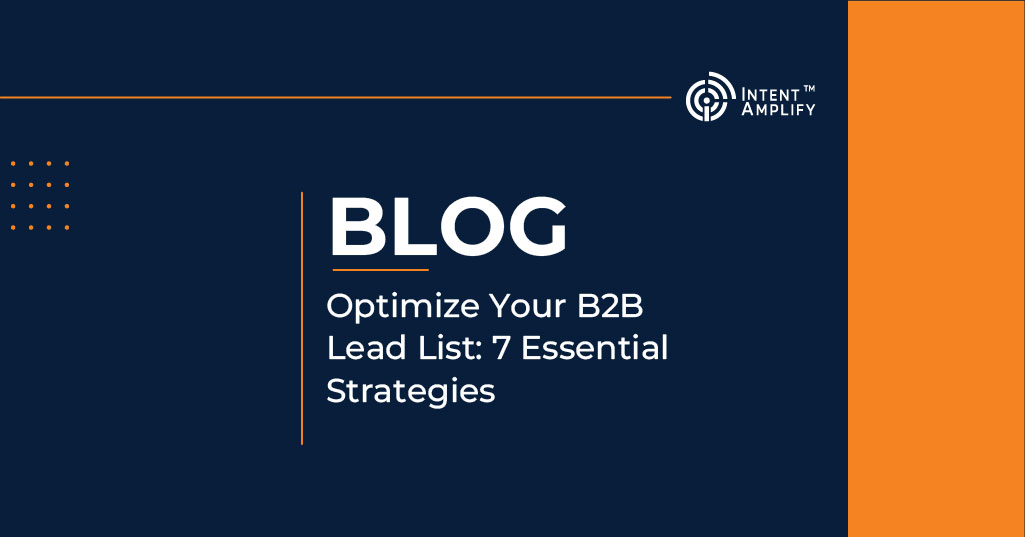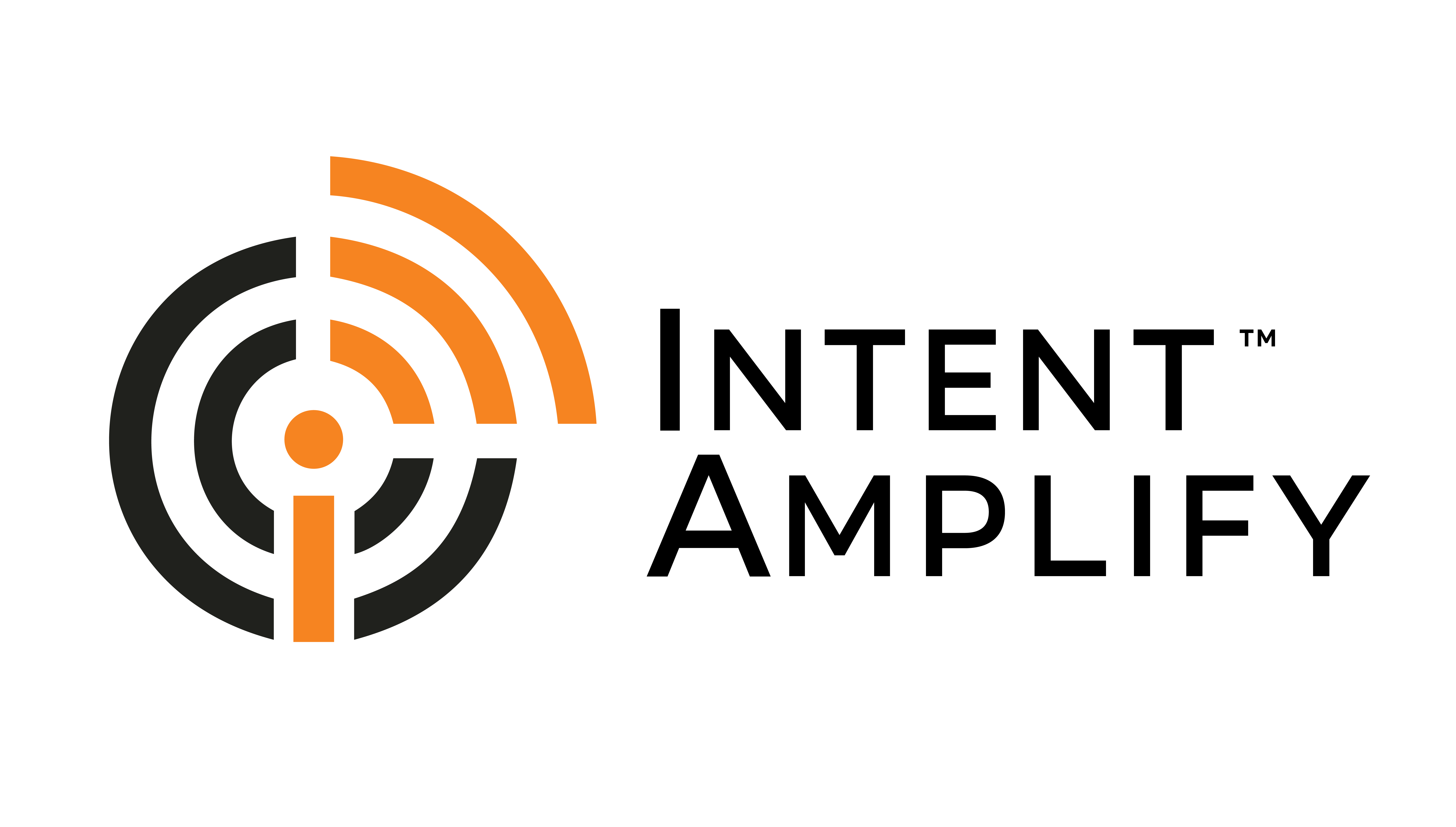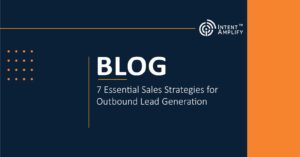
Optimize Your B2B Lead List: 7 Essential Strategies
“The biggest challenge to B2B marketers is generating high-quality leads”
A B2B lead list is the lifeline of the lead generation business. That should set the tone of what one can expect further in the article. We will ponder on the importance of B2B lists and how we can utilize them to churn out good business.
To begin with, a B2B lead list is a compilation of prospects you can reach out to as part of your sales outreach. The list can include several key prospect details such as company name, location, turnover, key decision-makers, contact numbers, email IDs, no. of employees, etc. More details translate to higher resolution and a better picture of the customer. The idea is to be able to craft content that is precise to the needs of the target customer and minimize vagueness. Let’s discuss a few ways to improve lead generation through lead lists.
Ways to Improve Lead Generation Through Lead Lists
1. Create compelling content
Research indicates that personalized content leads to a remarkable 42% higher conversion rate.
There is a common phrase that runs in the industry “Content is King”. As supercilious as it may sound, it may be true to a great extent. However, the relevance of content remains only until it is received by the right audience. You can’t impress C-suite executives with funny memes. Much better alternatives would be whitepapers, eBooks, and case studies relevant to your business. When posting on social media, the content should typically contain facts, figures, and information that’s useful to the prospect. That should cut the deal for you.
2. Segment your B2B lead list
Segmented campaigns have led to an astonishing 760% increase in revenue for businesses.
It’s a no-brainer that when you segment your B2B lead list according to finer parameters, you are narrowing down your target audience into closer groups of like-minded people. That way, your communications to them are much more personalized and effective, leading to resonance and conversion.
Tips for B2B Lead List Segmentation
Here are some additional tips for B2B lead list segmentation:
- Start with the data you have. You don’t need to have perfect data to start segmenting your list. You can always add more data later.
- Use a segmentation tool. There are a number of different segmentation tools available that can help you automate the process of segmenting your list.
- Be consistent with your segmentation criteria. Don’t keep changing your segmentation criteria, as this will make it difficult to track the results of your campaigns.
- Review and refine your segments regularly. As your business grows and changes, your segments will need to change as well.
3. Utilize Email Marketing:
Personalized email campaigns result in a 14% surge in click-through rates and 10% increased conversions.
Email marketing is a highly effective way to nurture leads and move them further down the sales funnel. Craft personalized email campaigns that provide value and encourage engagement. Use segmentation to ensure that your emails are relevant to each recipient’s interests.
4. Engage in social media outreach:
84% of C-level and VP-level buyers make informed purchasing decisions via social media.
Join relevant LinkedIn groups and engage with potential customers by sharing valuable content, participating in discussions, and answering questions. Use social media advertising to target your ideal customer profile.
5. Attend industry events:
Industry events are a great opportunity to network with potential customers and generate leads. Prepare engaging presentations and marketing materials, and follow up with prospects after the event.
6. Leverage CRM software:
Implement a CRM system to manage your contact information, track interactions, and monitor the progress of your leads. CRM software can help you automate tasks, streamline processes, and improve your overall sales efficiency.
7. Continuously measure and refine:
Regularly track your results and analyze the effectiveness of your lead generation strategies. Identify what’s working well and adjust your approach accordingly. Experiment with different tactics and refine your messaging to optimize your results.
Remember, building a successful B2B sales pipeline requires a combination of strategies and consistent effort. By leveraging your B2B lead list effectively, you can attract more qualified leads, nurture them into paying customers, and drive business growth.




